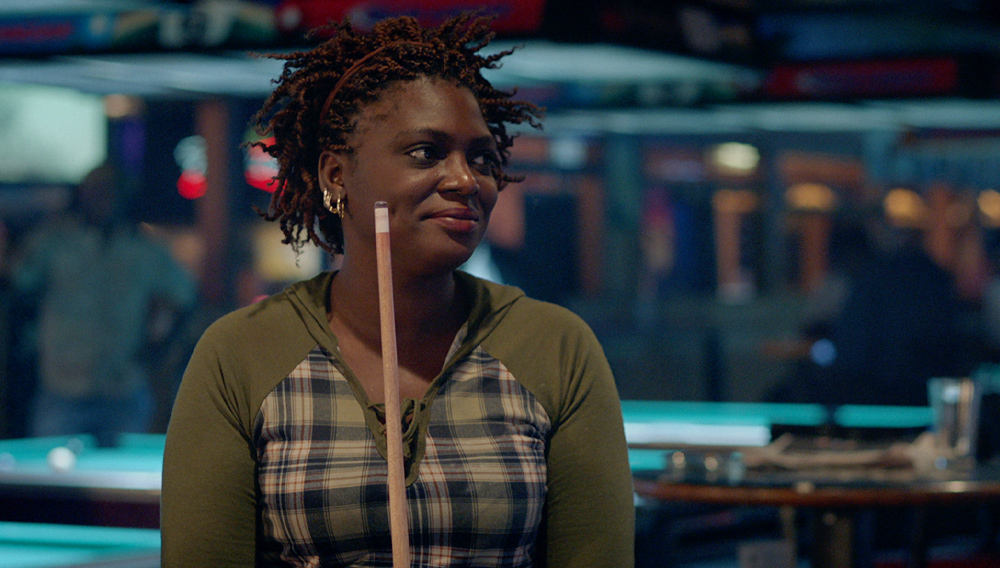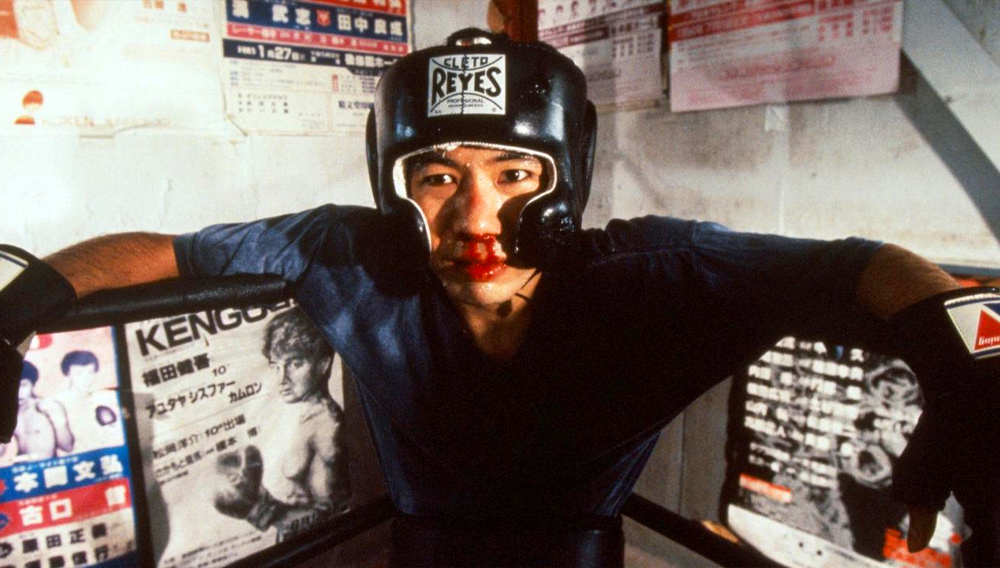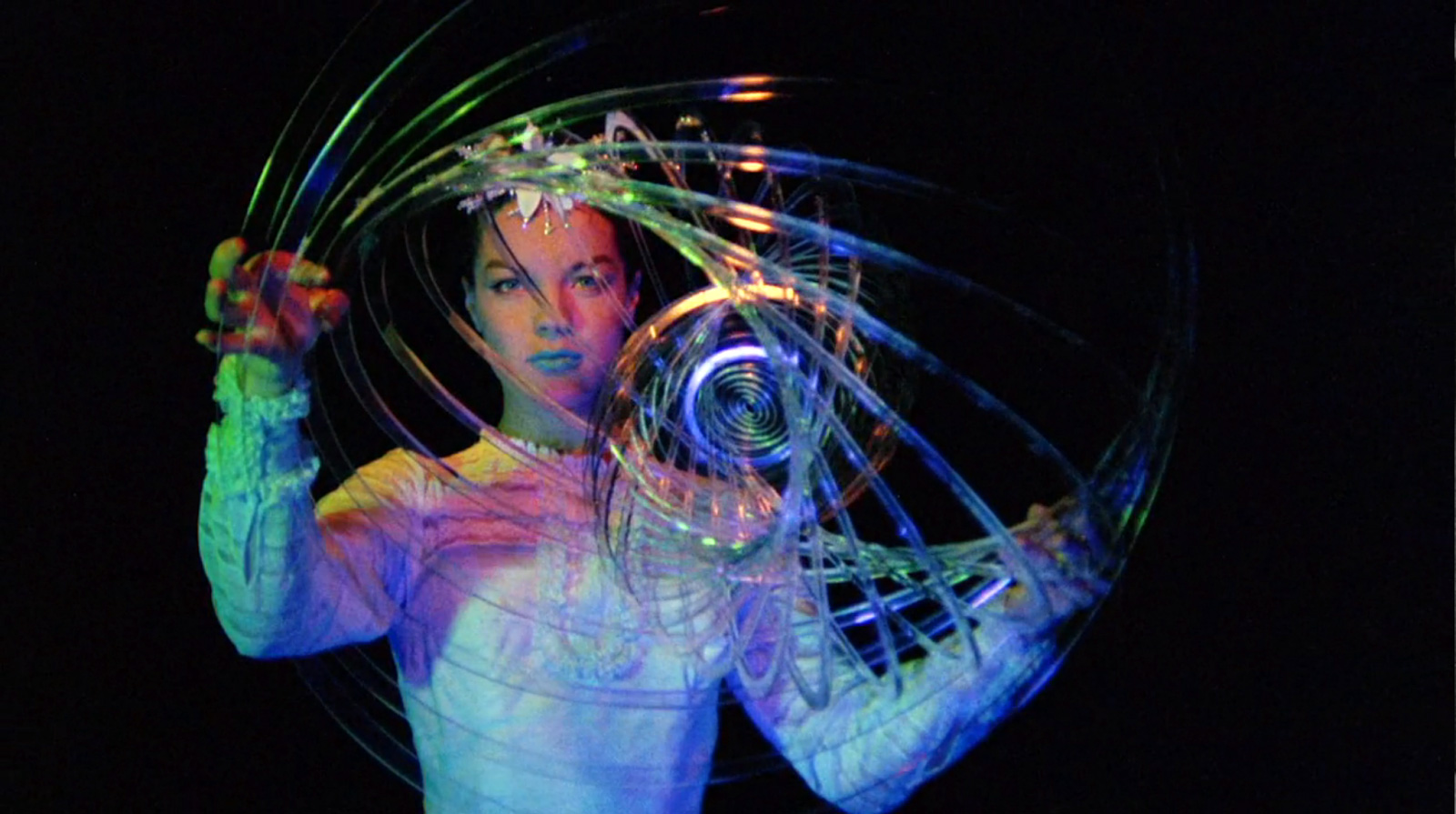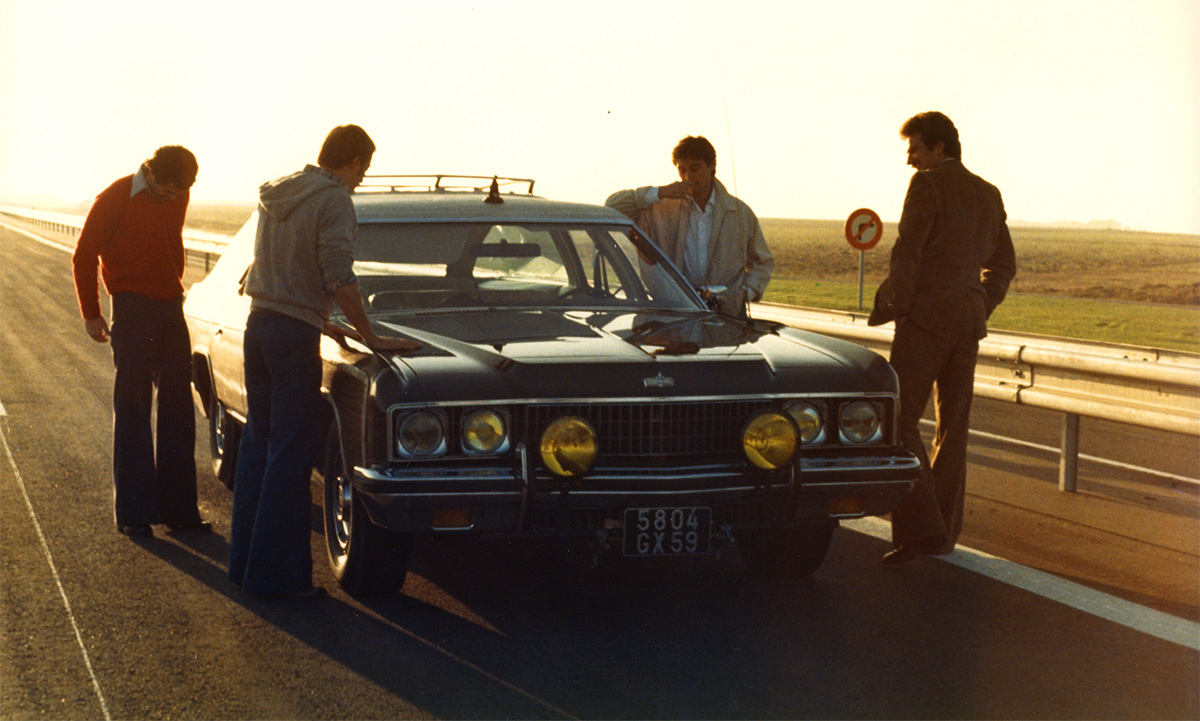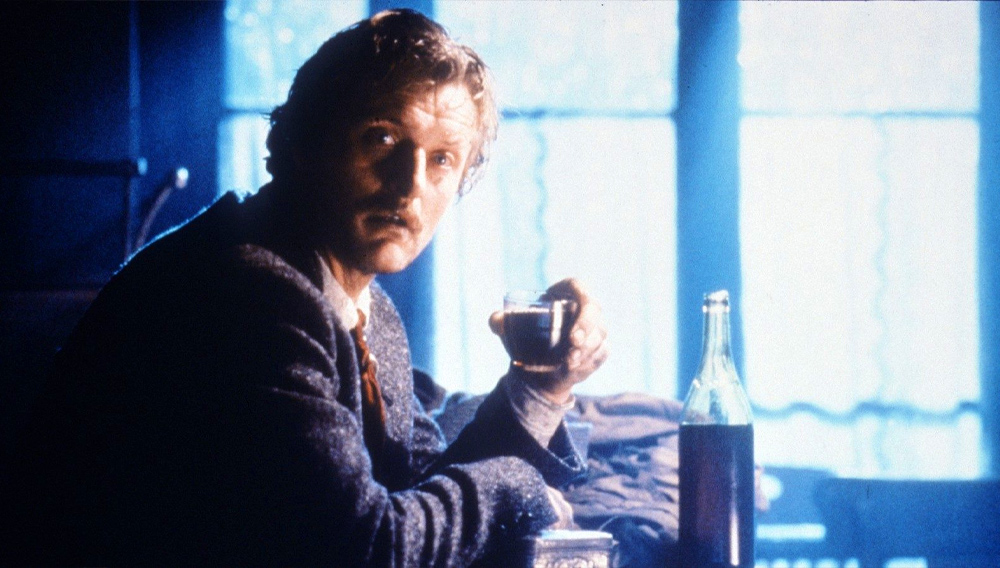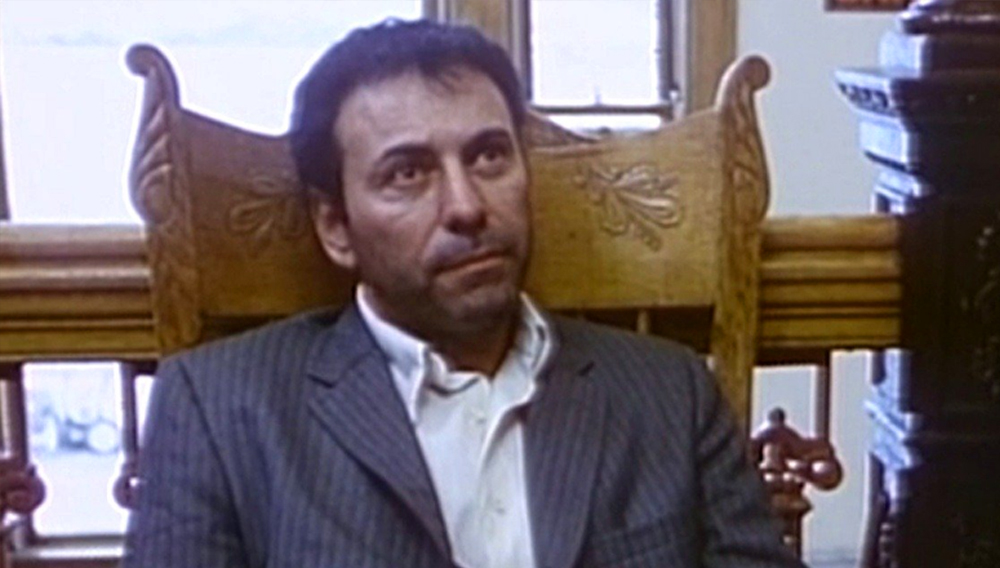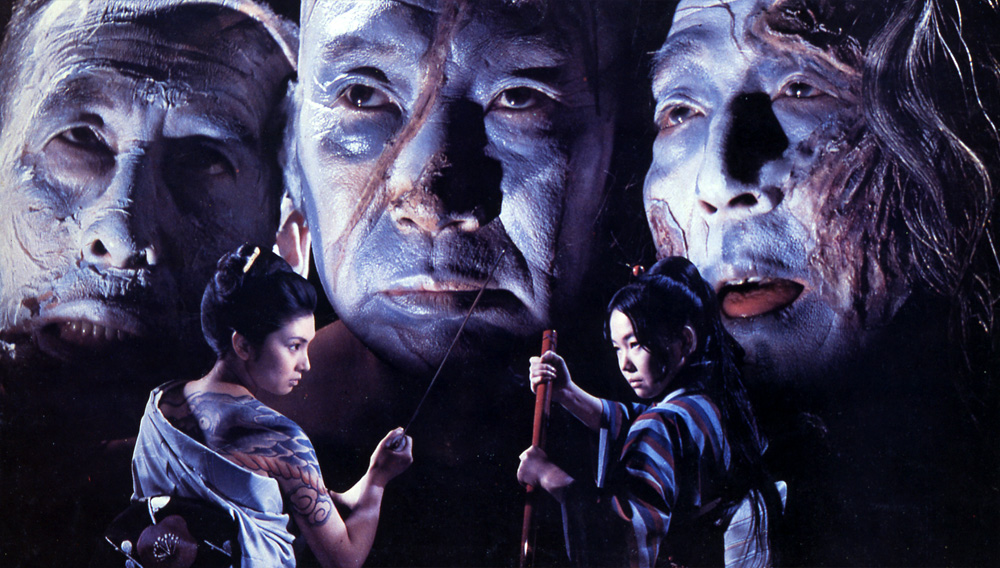
It’s #SIFForty! The 2014 Seattle International Film Festival is the 40th edition, at least by the numerical count (SIFF jumped from the “Twelfth Annual” in 1987 to the “Fourteenth Annual” in 1988, skipping Lucky Thirteen just like a high rise, but when you survive this long, who really sweats the details?). It holds the claim to the biggest film festival in America, by both length (a marathon twenty-four days) and number of films. This year’s presented 270 fiction and non-fiction features—including twenty feature film world premieres, twenty-one feature film North American premieres and eight feature film American premieres—and 168 shorts.
SIFF has grown a lot in its forty years, expanding into education, special screenings and, in the last decade, year-round programming films throughout the year—and they celebrated by announcing two major events for the organization. SIFF just purchased the Uptown Theater, the three-screen complex just west of Seattle Center that they leased a couple of years ago, and along with that new mortgage they’ve taken on the lease of the Egyptian Theater, giving the Capitol Hill landmark and festival anchor that closed in 2013 a new lease on life. SIFF reopened the shuttered theater for the festival and then will close it again (temporarily) while it raises money for renovations and a planned fall opening as a year-round venue. Without SIFF’s commitment, that space would surely have been gutted or torn down and turned into apartments or condos.

All of that was announced at the opening night festivities before the screening Jimi: All is By My Side, John Ridley’s portrait of Seattle-born rock legend Jimi Hendrix in London the year before he broke in America at the Monterey Pop music festival. Once again, opening night took place in McCaw Hall at Seattle Center, a great place to experience dance or opera or theater but a lousy venue for movies, thanks to acoustics that send movie soundtracks reverberating through the hall. That might seem like a death knell for a music biopic but due to resistance from the Hendrix estate, Ridley was unable to use any of Hendrix’s original music or compositions. That results in some storytelling gymnastics and one killer cover song that, well past the two-thirds mark, is the first time we get a complete song by Hendrix and the Experience and the only genuinely electric musical moment in the film. That’s a problem for a movie that keeps telling us that this artist is the real thing without showing why, and it’s not even the film’s biggest problem. If you went by this portrait, you’d never know that Hendrix had already recorded and released “Purple Haze,” “Hey Joe” and “The Wind Cries Mary” in the UK, where they all hit the top ten, before his Monterey Pop introduction to American audiences. Ridley’s take on Hendrix suggests a guitar phenom with so little direction or ambition that he was literally pushed into the spotlight by the admirers around him and fails to present either an artist’s evolution or a fully realized character. And that doesn’t begin to address the domestic violence (which Hendrix biographer Charles R. Cross gets into here).
But at least give the festival credit for continuing to look for Seattle-oriented features for its opening galas, following Battle in Seattle in 2008 and Lynn Shelton’s Your Sister’s Sister in 2012. For a festival that chases world premieres at such a disadvantage that the festival vets tend to avoid the ones we land, as they have invariably (but not necessarily) been passed up by Sundance, SXSW, Tribeca and others, this kind of regional connection at least gives opening night a hometown feel. This year it also brought an Oscar winner to opening night: John Ridley, fresh off his win for the 12 Years a Slave screenplay.
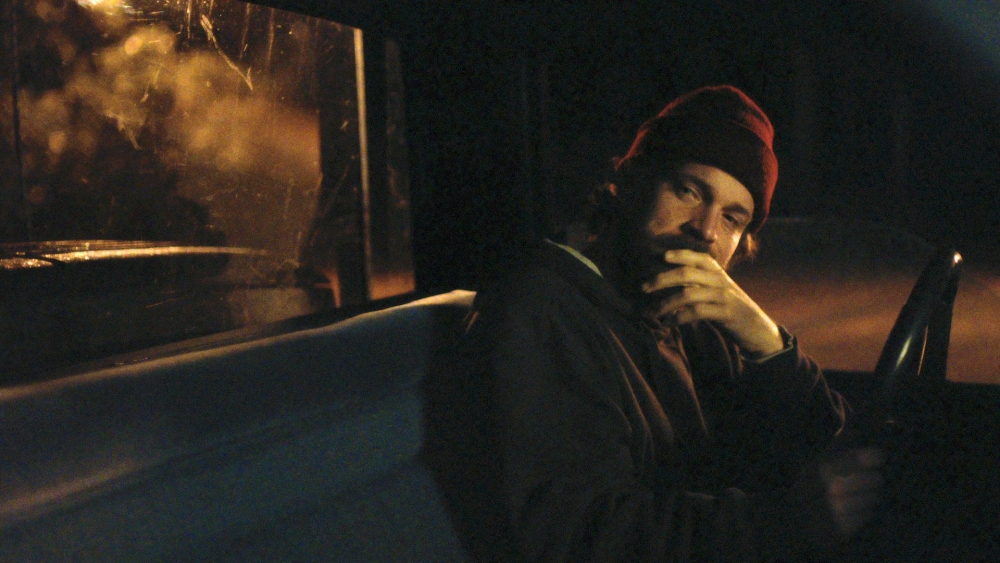
In terms of genuine home-grown (or at least home-brewed) cinema, it’s been the strongest line-up of local and regional films and filmmakers ever. There’s no Lynn Shelton film this year, though she did show up to host filmmaker Q&As at a number of screenings (not to mention making an appearance in a SIFF fundraising ad for the Egyptian renovation project). But we do have Lucky Them, Megan Griffiths‘ follow-up top her powerful SIFF 2012 feature Eden. It’s a character piece / road movie set in the Seattle music scene and shot largely around Capitol Hill, Belltown and Pioneer Square, capturing a flavor and texture of Seattle nightlife that movies have never really gotten before. Griffiths didn’t write this one and it shows—Lucky Them has a familiar indie cuteness to its colorful characters and their self-destructive ways that is nowhere to be found in Eden or The Off Hours—but she is a good hand with actors and makes the unlikely buddy movie pairing of sardonic music journalist Toni Collette and insufferable but self-aware ne’er do well Thomas Haden Church work. (And it gives us another Lynn Shelton festival appearance in a bit part!)
Kelly Reichardt lives in New York but keeps returning to shoot her films in Oregon, making her a northwest filmmaker by any measure. Night Moves, her fourth Oregon shot-and-set feature, is her most commercial project yet, though you won’t mistake this drama of eco-terrorists who blow a dam on a southern Oregon river for a Hollywood thriller. Reichardt and longtime screenwriting partner Jon Raymond focus on the process and the people, a trio of true-believers who want to make a “statement” and end up killing a camper in the collateral damage. Jesse Eisenberg is the closest we have to a protagonist, a guy living on a co-op just outside of Ashland. He anchors this activist cell with a restless impatience for the blithe, stoner-like disregard for detail of the group’s combat vet (Peter Sarsgaard) and the new age-y philosophy of trust fund kid Dakota Fanning, the one who unravels with guilt over the camper’s death. They aren’t necessarily likable but they are compelling. The debates over the cost of action and the effectiveness of a destructive statement over productive alternatives are in the margins, present but always framed by the personal. The stakes are real—the opening shot shows the beauty of the Oregon wilderness gouged by a clear-cut patch in the wooded landscape—but so are the costs of action and Night Moves is all about responsibility.

For true grass roots Seattle, there’s Taylor Guterson’s Burkholder, not a sequel so much as a companion piece to his Old Goats, a microbudget film with a cast of retirees that against all odds found an audience and a distributor. Burkholder reunites the leads—Bob Burkholder is the spirited, impulsive, ferociously independent bachelor nearing ninety and Britton Crosley is his landlord and friend—for a slightly more serious story that still leans on humor to explore issues of age and independence. They bicker like an old married couple and, fittingly, see a marriage counselor to sort through their household issues, but behind the low-key humor and oddball detours (like an senior citizen “vision quest” in the wilderness) are the very real issues of declining health and elder care, which Guterson (son of author David Guterson) handles with compassion and understanding. This is too wispy to find mainstream appeal but it will surely resonate with oldsters tired of seeing themselves portrayed as eccentrics and sentimental sages.
The Seattle celebration continues in a line-up of music features and documentaries that I did not have a chance to see—John Jeffcoat’s comedy Big in Japan with local band Tennis Pro playing a semi-fictionalized version of themselves trying to drum up a following overseas, the documentaries Strictly Sacred: The Story of Girl Trouble, about the great Tacoma party band, and Razing the Bar, about the legendary Seattle punk venue The Funhouse that closed in 2012—along with more documentaries, features and shorts. Seattle-raised music legend Quincy Jones was feted with screenings of The Pawnbroker (the first film he scored) and the documentary Keep On Keepin’ On (about his mentor, Clark Terry).

SIFF has never been particularly strong when it comes to archival films. That all changed this year with an impressive line-up of revivals, restorations and tributes. The 35mm restoration of The Lusty Men sponsored by The Film Foundation offered a rare screening of the Nicholas Ray classic that is still not on disc, and Alain Resnais‘ Last Year at Marienbad also screened in 35mm, rarities in an increasingly digital age. But Quentin Tarantino‘s pronouncements aside, I don’t believe digital distribution is the end of cinema, any more than sound or color or CinemaScope were the end of cinema.
The digital print of Abel Gance‘s grand anti-war epic J’accuse! (1919) was stunning, as was the stirring, striking film itself, and Song of the Fisherman (1934) continued a SIFF tradition of showcasing cinema from the once-vital Shanghai studios of China’s late silent era (which, like Japan’s cinema, continued in the silent way years after America and Europe had transitioned to sound), but this is the first to get a genuine digital restoration. It makes all the difference.

Three SIFF landmarks were chosen as special 40th Anniversary Presentations, all with very special resonance for the festival. The Rocky Horror Picture Show played the first ever Seattle International Film Festival before it became a midnight movie sensation around the country. It returned for a midnight screening (of course) with an interactive subtitle track (for all the Rocky virgins out there). Reports from the screening suggested a raucous, enthusiastic night. SIFF co-founder Dan Ireland‘s directorial debut The Whole Wide World opened the 1996 edition of the festival and received a rare encore screening during the fest and Ireland is back to present his breakthrough film along with the world premiere of his new short, Hate From a Distance, produced to honor the 50th anniversary of the Civil Rights Act.
The Stunt Man is one of Seattle’s claims to cinema fame. After a roaring success in a Seattle test screening, it returned to close the 1980 edition of SIFF and went on to play for almost a year. Richard Rush struggled with a studio that wanted to shelve the film but the Seattle success, including the first review of the film, a rave from William Arnold in the Seattle Post-Intelligencer, started a national wave of attention that finally forced a release. The film screened from a fine digital print and Rush was on hand to introduce the film and discuss the film and Seattle’s part in its success in an onstage conversation with William Arnold. It was quite the homecoming.




